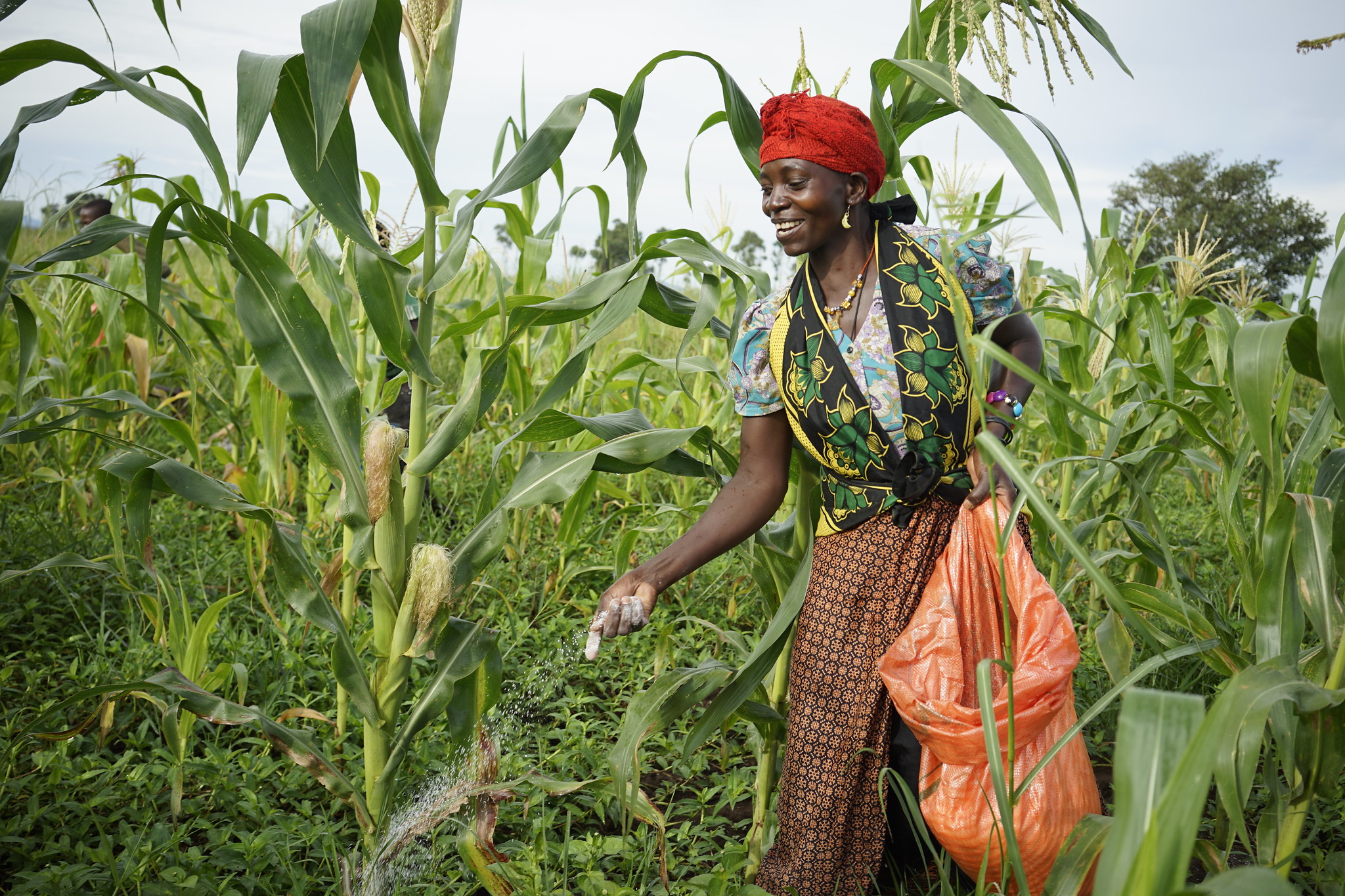From 6-12 May 2009 an interdisciplinary team of experts from CIMMYT, IITA, University of Georgia, USA, and IFPRI met in Nairobi, Kenya to develop a model and run possible future scenarios on drought tolerant (DT) maize impacts in Africa, a strategic activity of the Drought Tolerant Maize for Africa (DTMA) project. The specialists involved are experts in areas such as breeding, socioeconomics, and geographic information systems (GIS).
The CIMMYT team comprised Marianne Bänziger (director, Global Maize Program), Wilfred Mwangi (DTMA project leader), Roberto La Rovere (impact assessment specialist), Girma Tesfahun (socioeconomist), and Brian Chiputwa (research associate). They were joined by Tahirou Abdoulaye (economist, IITA), Genti Kostandini (assistant professor, University of Georgia), and Zhe Guo (GIS specialist, IFPRI). Kostandini is a collaborator on DTMA ex-ante assessment, while Guo was representing IFPRI senior research fellow Stanley Wood. Former CIMMYT staff John Dixon (director, ITAU) and Dave Hodson (head, GIS laboratory) have also contributed to the efforts.
The ex-ante assessment work on drought tolerant maize is based on the premise that yield variance reduction is as important or even more important for farmers than just yield gains. The research team thus focused on economic returns and benefits for rural people—such as helping them escape poverty or reducing the risk of yield losses—by their investing in DT maize. Another study topic focused on where DT maize development could achieve the greatest impact. Finally, the team explored scenarios for potential added value for African farmers through adoption of DT maize, benefits for consumers, and changes in poverty impact indicators.
 Climate adaptation and mitigation
Climate adaptation and mitigation 